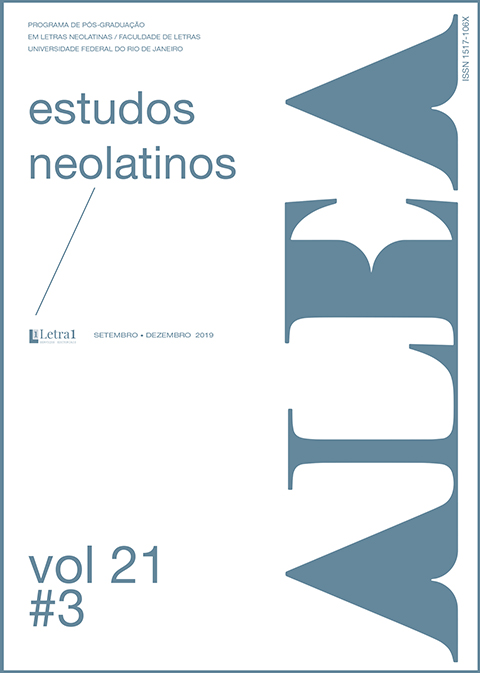On the cusp of mediating poverty: phenomenal experience and fear
Abstract
This paper presents some conceptual observations on how the condition of poverty is brought to public attention and discussed, i.e. on mediations of poverty. It is proposed that such mediation is largely monopolised by those who are not-poor, though attempts to describe the not-poor as a category call for circumspection. As such, mediations are based on preconceptions which are seldom examined carefully. These preconceptions are dubbed phenomenal bases here, and three are outlined in general terms: poverty as experience, visible poverty, and poverty in abstract. A final section considers ‘fear of poverty’ as a pervasive idea, and speculates on the possibility of approaching political economy accordingly.
References
BUTLER, Judith. Precarious Life: The Powers of Mourning and Violence. London: Verso, 2004.
GALSTON, William A. and Peter H. Hoffenberg eds. Poverty and Morality: Religious and Secular Perspectives. Cambridge: Cambridge University Press, 2010.
GENDLIN, Eugene. Experience and the Creation of Meaning: A Philosophical and Psychological Approach to the Subjective. Evanston: Northwestern University Press, 1962.
HAUGHTON, Jonathan and Shahidur R. Khandker. Handbook on Poverty and Inequality. Washington: World Bank, 2009.
HIMMELFARB, Gertrude. The Idea of Poverty: England in the Early Industrial Age. London: Faber and Faber, 1984.
LISTER, Ruth. Poverty. Cambridge: Polity, 2004.
LOREY, Isabelle. State of Insecurity: Government of the Precarious. Trans. Aileen Derieg. London: Verso, 2016 [2012].
RAVALLION, Martin. The Economics of Poverty: History, Measurement, and Policy. Oxford: Oxford University Press, 2016.
SARTRE, Jean-Paul. Being and Nothingness. Trans. Hazel Barnes. New York: Methuen, 1956 [1943].
Downloads
Published
Issue
Section
License
THE AUTHOR/S confirm/s his, her or their participation in all stages of work preparation: 1) Conception, project, bibliographical research, analysis and interpretation of data; 2) Writing and reviewing the manuscript; 3) Approval of the final version of the manuscript for publication; 4) Responsibility for all aspects of the work and guarantee for the accuracy and integrity of any part of the work. The submission of works implies the immediate cession, without onus, by all authors, of publication rights to the journal Alea, licensed under CC BY (https://creativecommons.org/licenses/by/4.0/). The authors are fully responsible for the content of the article and continue to hold all copyrights for subsequent publications of it, and should, if possible, include the reference to the first publication in the journal. Alea does not commit to returning received contributions. Authors of articles, reviews or translations will receive a copy of the journal.

